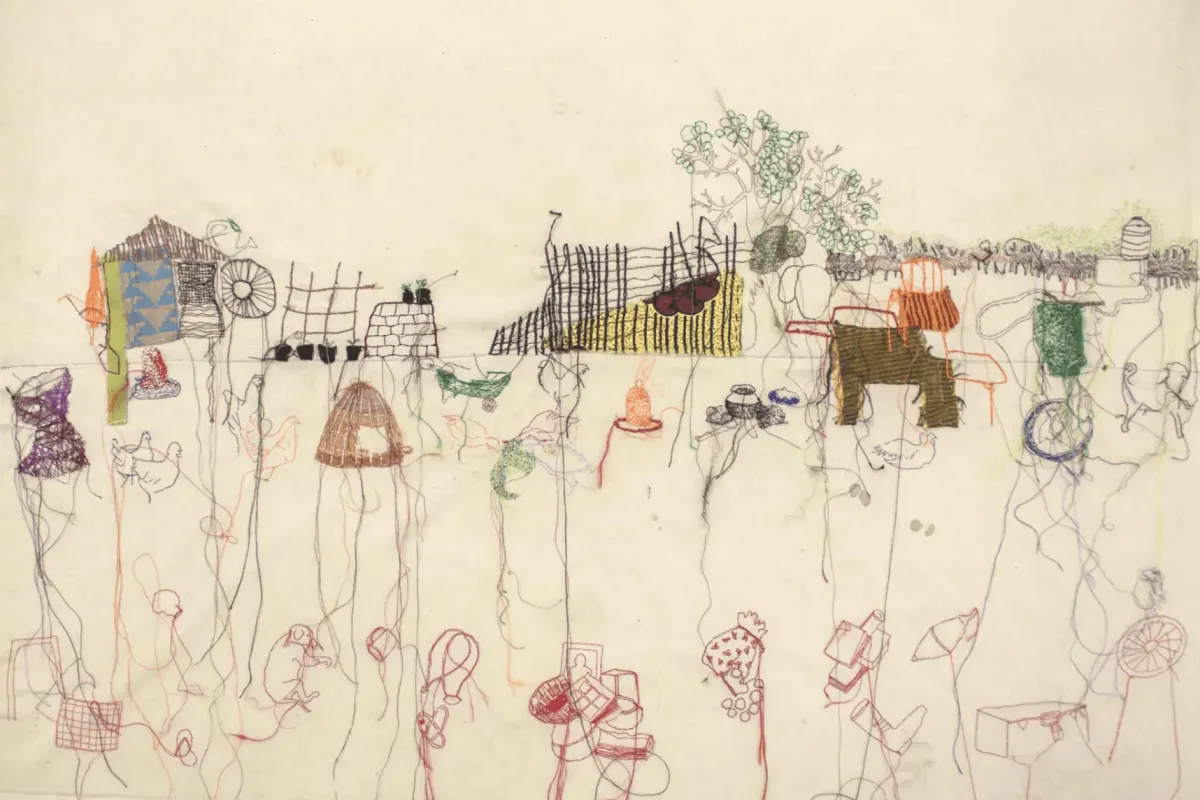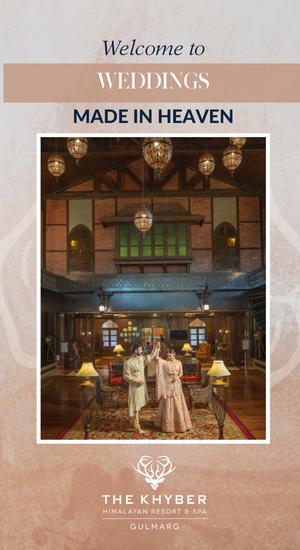


Image Credit - Saskiya Fernando Gallery
For Sri Lankan Hema Shironi, a multidisciplinary artist, the key focus of her works are her community bonds and relationships. The artist, who now lives in Killinochchi, says that her art focuses on human and universal aspects and showcases cultural diversity.
Her works focus on the numerous places she has called home and delves deeply on how each community of those places grapples with language, culture, memory, myth, gender, and equality. And nowhere is all this more apparent than the vibrant country that Sri Lanka is. It has a multitude of overlapping and cultural trajectories, where many languages, religions, and historical communities coexist. She said in an interview that “the rented houses of my life have had the greatest impact on my work. All through my childhood my family migrated from one place to another, creating an alarming degree of confusion in me, in terms of how I would relate or connect with my new surroundings and new community…I experienced considerable difficulty in connecting and categorising myself within each one of these newly moved into communities, it raised questions and even then, forced me to look at the idea of belonging”.
Shironi also uses cartography in her work where she depicts the trauma that remains embedded in the landscapes of the north of her country that was ravaged by civil war. It was in 2016, that Shironi completed her BFA (Visual Art), from Ramanathan Fine Arts Academy - University of Jaffna, Sri Lanka. Later, she completed her MFA at Beacon House National University, Lahore. The life and experiences of the two countries she has lived and studied in – Sri Lanka and Pakistan – is evident in her work. In her art, there is nostalgia for places where she has lived for short periods of time. Coupled with her keen eye for the history of colonization, civil war, displacement and migration, which she highlights through personal stories and experiences, Shironi's art is at once a climax of emotions taking us on a journey of her migratory routes where she explores political themes around the subjects of domesticity, language, culture, memory, religious myths, gender politics, tenacity and fragility.
This movement from one place to another in her childhood has become the underlying theme and the foundation of her works. She goes to the roots of traditional roles set in place through our language and cultural tradition, our religion and mythologies, and accepted gender roles. What makes her works different is the use of simple and yet defining elements. Appearing as threads and partitions, these elements are often the sculptures and installations of her interdisciplinary work. National flags and religious imagery are dissected to reveal not just similar structural principles but the uncertainties that bring them together.
